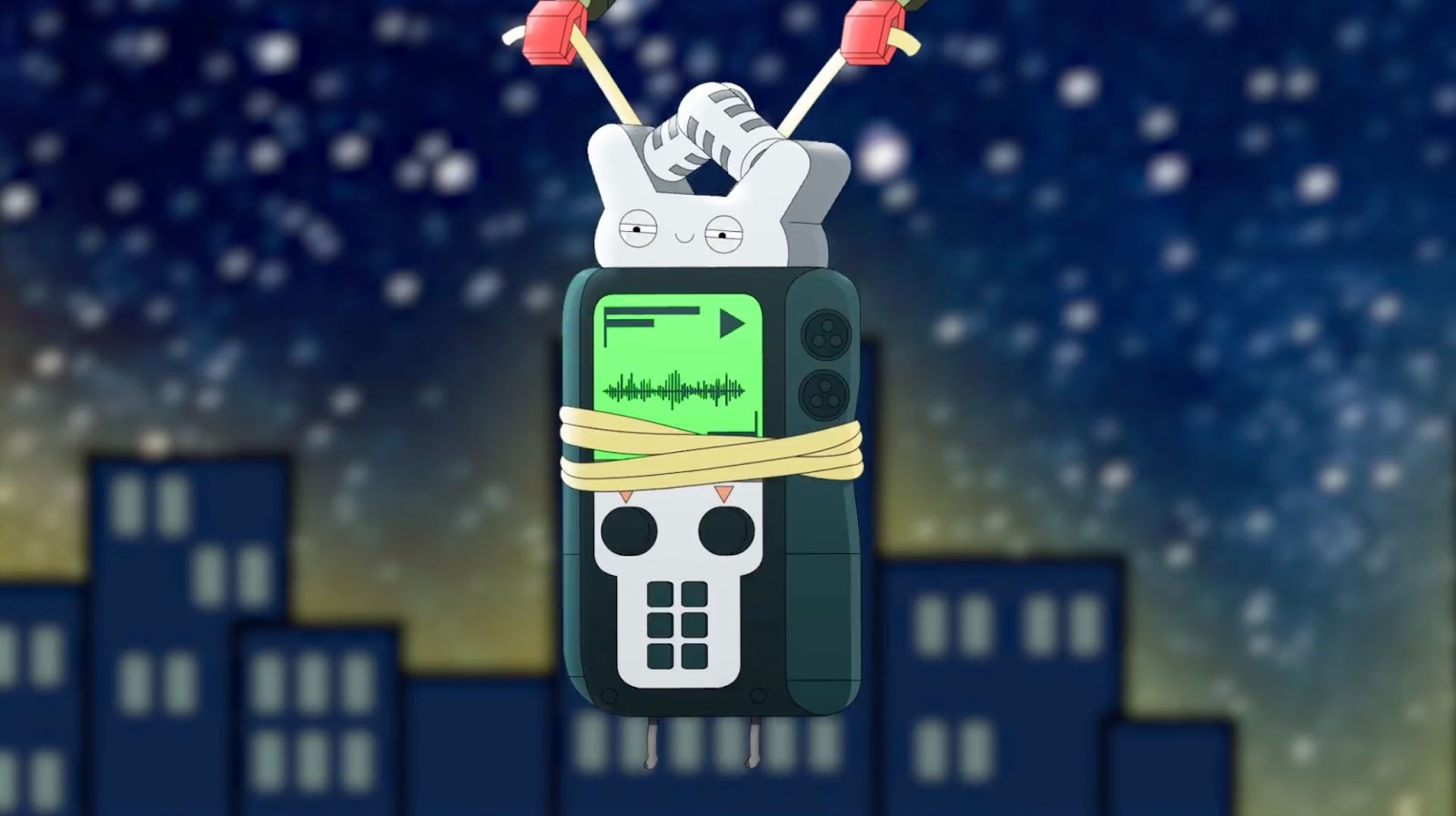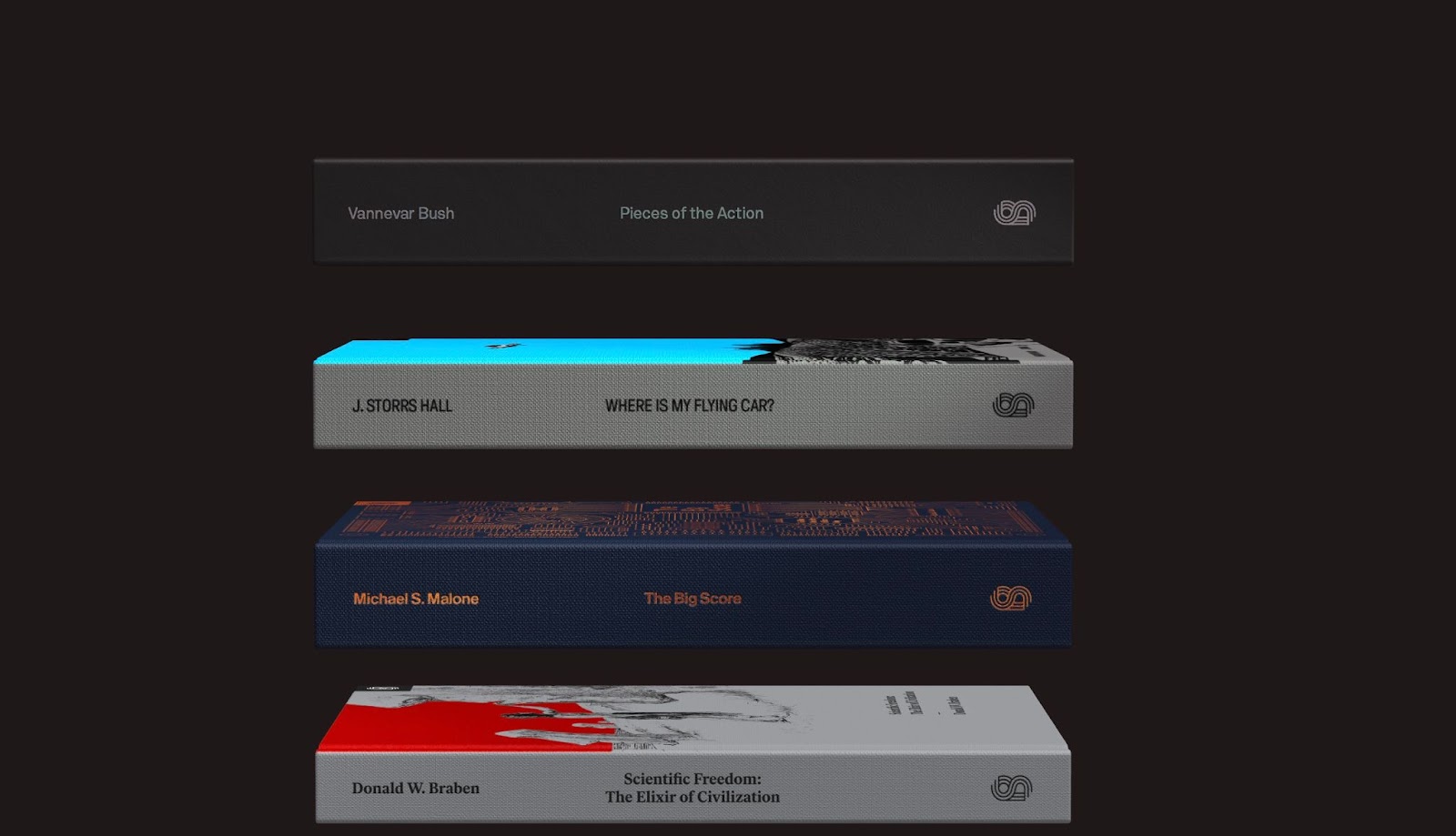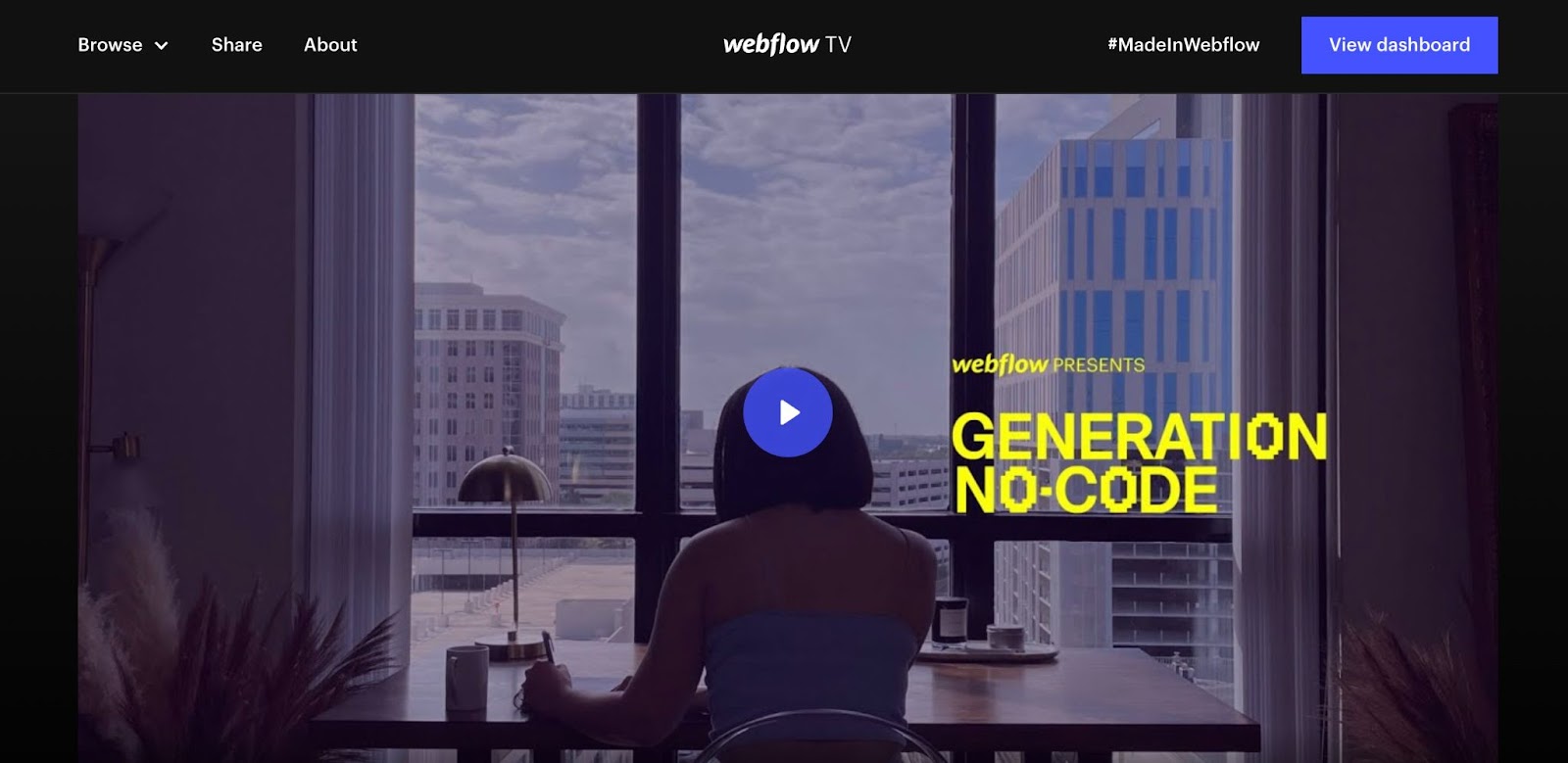Developing original, out-of-the-box marketing ideas in today’s oversaturated, digital-first landscape is no simple feat.
As of July 2022, there were already 1.8 billion blog posts published, 1.7 trillion YouTube videos watched, and 21 billion Instagram images uploaded so far this year, according to Internet Live Stats. That's a lot of noise to break through when trying to make your marketing team’s content stand out.
“My philosophy when it comes to marketing is to stop the scroll,” Jessica Lopez, senior manager of brand design at Webflow, said. “You have to interrupt people’s feeds on whatever platform they are using to consume media and force them to pay attention to you.”
If you can grab people’s attention with an innovative marketing approach, you’ll stay top of mind, bolster your credibility as a thought leader, and insert yourself into the general discourse. Audiences may even enjoy and seek out interactions with an unusual or especially creative marketing campaign.
“Out-of-the-box activations can really harness attention, making people who've encountered your brand come back or try it for the first time,” Mischa Vaughn, former director of content at Webflow, said. Activations that educate, entertain, or surprise the viewer can cut through their cynicism and encourage them to engage with your material on their own terms.
Creativity isn’t easy, though. To encourage your marketing team to come up with new, engaging, and exciting campaigns, you need to build a work environment that actively encourages creative work. As managers, Mischa and Jessica have seen that the habits and support systems you develop for your marketing team are key to empowering them to produce truly creative content.
Define what creativity means to you
Creativity means something different to everyone, so it’s important todefine what creativity means for your team. Your aim isn’t just creativity for its own sake. Think about what your main goals are as a marketing team and how you will have to develop ideas to meet those goals.
Have a discussion with your team and with the leaders at your company to align all stakeholders on how you plan to approach marketing with creativity. Create shared definitions and goals your team can use to focus your creative efforts.
“I think creativity is the overlap between ingenuity and expression,” Mischa said. “It's important for marketing teams because creativity helps draw people in and generate real engagement, which in turn helps develop brand loyalty.”
Jessica defines creativity slightly differently.
“Creativity is a novel approach to solving a problem,” she says. “Every marketing approach reaches a saturation point where doing the things that have been done before doesn’t produce the results it once did, so you constantly have to keep your eyes peeled for new solutions.”
From that perspective, the challenge is how to approach marketing creativity with fresh eyes. Her team might focus on shaking up routines and trying new techniques to keep things new and exciting for their audience.
Create an environment where people feel safe to share bold ideas
Sharing creative ideas can often feel vulnerable or scary. Create an environment where your team feels safe and supported in sharing their creative ideas.
“You need an underpinning of psychological safety,” said Mischa.
Managers should build a team culture where there are no bad ideas. Team leads should demonstrate how to be open to new ideas through their own behavior, listening and respecting everyone's contributions. Facilitate team discussions and have your team talk openly about how they can support each other to come up with big, risky ideas.
Playing it safe isn’t likely to produce the kind of out-of-the-box marketing that will truly catch the audience's attention.
“Giving people freedom to color outside the lines and do things that maybe break from expectations fuels creativity,” Jessica said.
Let your team try ideas that may not seem perfect right off the bat. They may end up being the best ones. Even if they aren’t, they’ll keep your team’s creative wheels turning.
“I think this is especially important during the brainstorming phase of a project. There are no bad ideas in a brainstorm, none too wacky, none too big or unattainable. That’s the time to let people’s imaginations run wild,” she said. You can refine ideas once they’re all on the table, but make sure to separate creative ideation time from the critical narrowing down of options.
Even then, “It’s always nice to keep one ‘stretch’ idea in there that may or may not come to fruition so there’s something fun on the horizon,“ Jessica said.
Have your team block off time for creativity
Adjust workloads so your employees have time for creativity, host team meetings that focus on sparking creativity, and help your team members figure out when they're most creative or productive. Encourage your team to set aside time in their calendars for creative work, and lead by example, doing the same yourself.
“Time blocking your calendar is an essential part of being creative at work,” Mischa said.
Your employees should carve out time that’s strictly dedicated to coming up with new ideas. They should do the same when critiquing or editing their own or their co-worker’s work since that is also a creative process. Your team should have time to build ideas on their own, reflect, and think. They’ll come back with richer and more innovative concepts.
Help your team figure out when they feel most creative or productive. Everyone has natural rhythms that make them feel more alert at certain times. Give them some autonomy over their schedule to take advantage of those times. They might even try specific time management approaches like the Pomodoro Technique to help their creative brain work.
Setting aside specific times will also prompt your brain that “this is a time to be creative” and helps build creativity as a habit.
“A lot of the reason why creative burnout occurs so easily is if people are told to either be creative all the time, or they don't have much time to produce work,” he said, “So those are crucial to encourage creativity at work.”
Build brainstorming time into your team schedule
Sometimes, creativity flourishes best with structure. Guided brainstorming sessions with your team help encourage more intentional creative collaboration. Setting up a creative time that’s scheduled every week, for example, can help set up a writer’s room mentality and mindset of collaboration within a team.
Set up a consistent structure for your brainstorming sessions. “I let my team know what we’ll be covering ahead of time and time box the brainstorm into segments,” Jessica said. “It keeps things moving and keeps the energy up.”
Give your team topics in advance to help people who don’t do their best thinking on the spot to contribute more. Allocate time so that not just the most vocal members of your team get to contribute.
Set up prompts and questions ahead of time in case energy flags, and have an easy note-taking system ready to go. “You never know when an idea will strike,” Mischa said. You can use visual brainstorming tools like FigJam or MURAL to generate ideas as a team and record them.
Make sure your ideas are grounded in a clear strategy
Creative campaigns are still marketing, and they still need to focus on your big-picture strategy and outcomes.
“I think being clear on what the objective of a campaign is helps tether out-of-the-box ideas,'' Jessica said. “Ideas shouldn’t be out there for the sake of being out there. They should be grounded in the message that they are trying to communicate.”
When coming up with ideas for a campaign, “it's really important to tie it back to a clear strategic pillar,” Mischa said. Try to find measurable benchmarks and goals from the beginning. It can be difficult to track engagement in the traditional way for a really out-of-the-box campaign, but there are ways to approach it. You can track social activity, do a brand survey, and get a proxy of how things are resonating with audiences.
Clear goals and outcomes can even help encourage creative thinking by giving it more direction.
“In a general sense, I think any group ideation activity benefits from a clear communication of the desired outcomes,” said Jessica.



















The marketer’s website
Our free ebook exclusively for marketers. Discover how no-code eliminates developer bottlenecks and empowers modern marketing teams to truly own the website.
Get inspired by other out-of-the-box marketing initiatives
Sometimes, the best inspiration is generated by example. Just watching and appreciating the creative work of others can help you flex your own creative muscles.
Wistia

Wistia is a video platform, so it’s entirely appropriate that they created a high-quality video series. The videos on their Original Series page don’t even center on Wistia’s product a lot of the time. Instead, the shorts are created on Wistia and demonstrate the creative and technical capabilities of the product perfectly. What’s key is that they are original, entertaining, and well produced.
Shopify Editions

Shopify Editions, an interactive site, introduces an innovative way for Shopify to package all of their product marketing in one place. It’s fun and incorporates plenty of video, visual elements, and interactive elements. It helps keep their users informed and excited about the things they have coming up.
Stripe Press

Stripe Press produces and re-publishes books and documentaries about technology and economics. Their readers are high-brow developers, technologists, and entrepreneurs. Their site appeals to Stripe’s target audience by putting relevant content front-and-center using interactions and movement creatively. The interface is well made and hides their content somewhat, making the viewer want to scroll and interact with it.
Generation No-Code

Generation No-Code is a video campaign we launched to introduce people to the possibilities of no-code in a more engaging way. The videos give people a sense of what’s possible with no-code, inspire them to build businesses,and try new ideas out.
When we launched Generation No-Code, we knew we could have released a series on YouTube and called it a day, but instead, we opted to build a streaming site to show off the power of Webflow, and now, it draws thousands of visitors a month.
Creativity thrives where it is given space to thrive
Creativity is often spoken about like it’s some external force — lightning striking or a muse whispering in the ear of a genius. In reality, we are all capable of creativity. Like any skill, creativity can be learned, taught, and fostered into growth. Even for those for whom creativity comes naturally, building good habits and a supportive environment is essential to unlocking that creative potential.
What that means for marketing teams is that you can deliberately build your team’s creative potential. You can give your team psychological safety, host inspiring collaborative brainstorms, provide space for quiet reflection, and set clear goals to drive them. You can build an environment that supports the creative potential of every member of your team and make a space where the next groundbreaking marketing idea might be born.
































